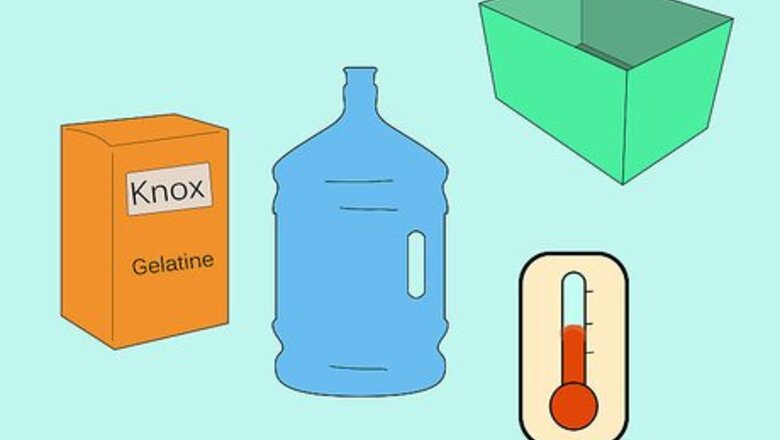
views
Preparing the Materials
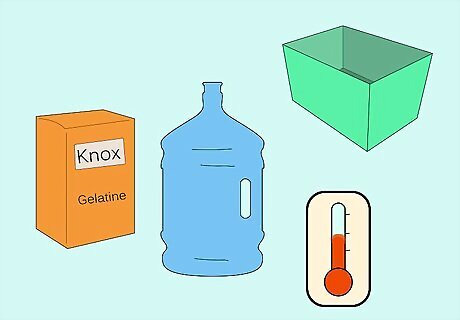
Understand the recipe. This recipe will produced two blocks of ballistics gel that will work for pistol and rifle testing. This will simulate the effects of the bullet on soft tissue.
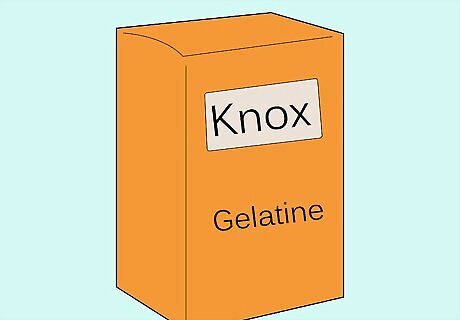
Get the gelatin. The key to good ballistics gel is the gelatin that you use. While you can order specialized gelatin, the cost can be very prohibitive. Knox brand Gelatine works very similar to the specialty gelatin, and can be found at most major grocery retailers.
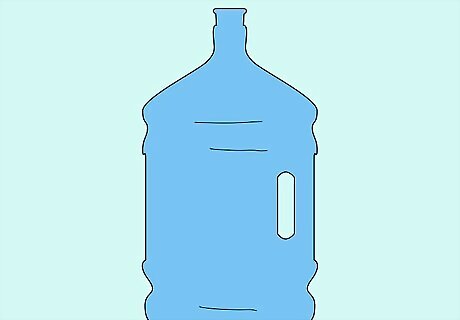
Make sure you have access to enough water. To make the gel, you will need a gallon of water for every 13 ounces of gelatin. This will give you about a 10% mix by weight, which will make for the best ballistics gel. This recipe will be using 9 gallons (34.1 L) of water and 117 ounces of gelatin.
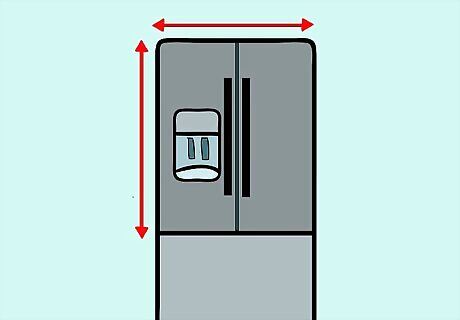
Measure your refrigerator. For this recipe, you will have to cool the gel down to about 36 °F (2 °C). Make sure that your refrigerator can fit the container, or that you have a cool place such as a garage to set the gelatin. It will need to set for at least 8 hours in a cold location, so be sure that you can afford to make that much room in your refrigerator for that long.
Preparing the Mold
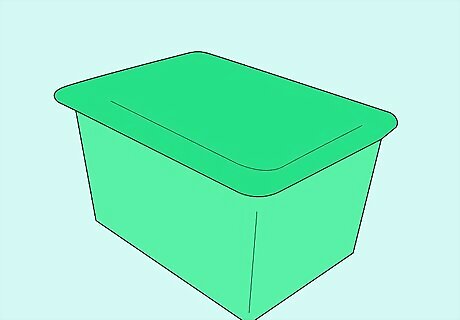
Obtain a large plastic storage container. Find a container that is 12 (h) x 12 (w) x 20 (l) inches in size. Avoid containers with patterns on the sides or bottom, as it will make removing the gel more difficult.
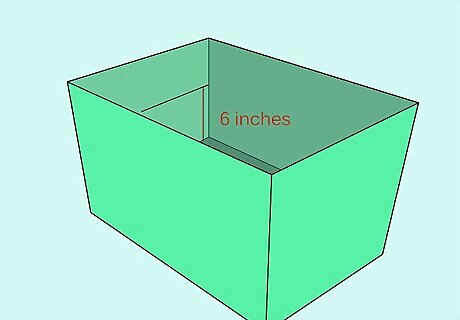
Measure and mark the mold. Measure the inside wall 6 inches (15.2 cm) from the bottom of the container and mark it with a permanent marker. This will be the line that you fill the water to.
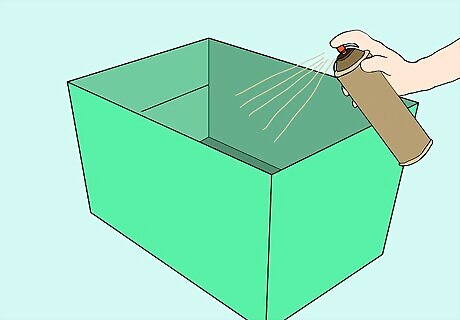
Spray the container with non-stick cooking spray. Coat the entire inside with spray to help release the gel when it is finished. Wipe any excess spray out to avoid cloudiness in the finished gel.
Making the Gel
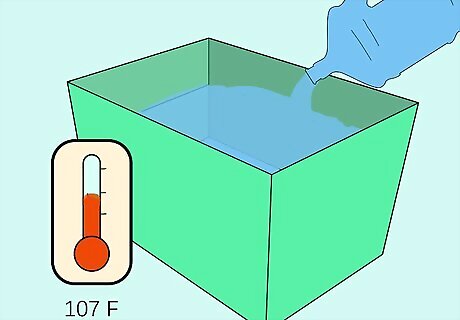
Fill the container with warm water. Fill the mold to the line drawn earlier using warm tap water. Ideally, the temperature should be around 105 °F (41 °C). Use a thermometer to maintain a good average temperature. Making gelatin takes longer with warm water as opposed to hot, but results in a clearer final product.
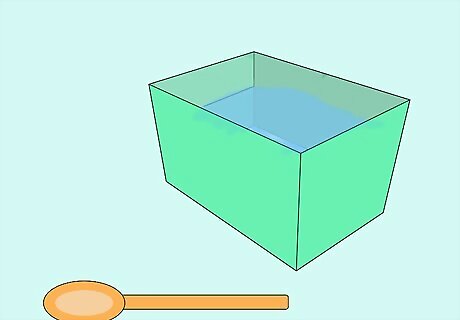
Get ready to mix. The mixing process will take a significant amount of time, so make sure that you can comfortably mix for about twenty minutes. You’ll want to mix with a large spoon, wooden or metal.
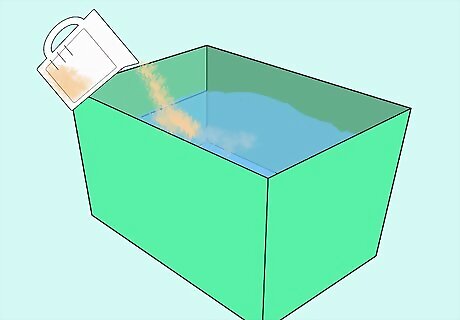
Add the gelatin. Use a 1-cup measuring cup to slowly add gelatin to the water. You need to be stirring constantly to avoid clumping. Add all of the gelatin over the course of about 10 minutes, sprinkling one cup at a time. This step is much easier with two people. One person stirs, while the other slowly adds the gelatin. After the gelatin has been added, you can swap stirring duties to give your arm a break. To improve the clarity, you can add cinnamon oil to the gelatin. You will need about 9 drops; 1 drop per gallon of water. Add the cinnamon oil about halfway through the stirring process.
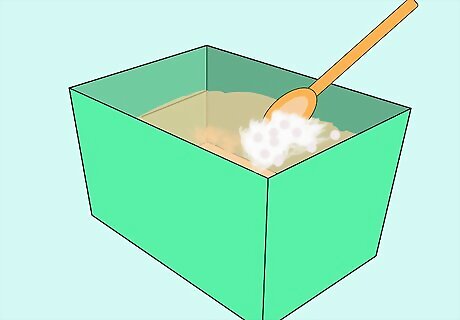
Scoop off foam and bubbles. After the stirring is complete, there will be a little bit of foam on the top of the mixture. Gently scoops this out and discard. There should be no visible foam or clumps of undissolved gelatin in the final mix.
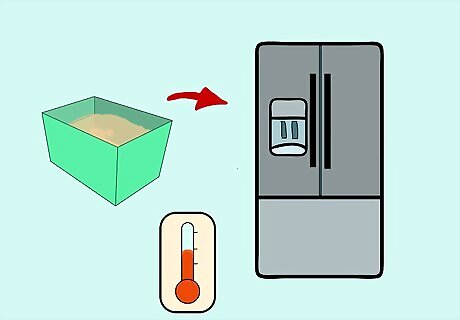
Cool the gelatin. You want to cool the mixture to about 36 °F (2 °C). Avoid freezing it, or else the blocks will become too cloudy. If you don’t get it cool enough, the gel will not get as dense as it needs to. Cool the gel for at least 8 hours, preferably overnight.
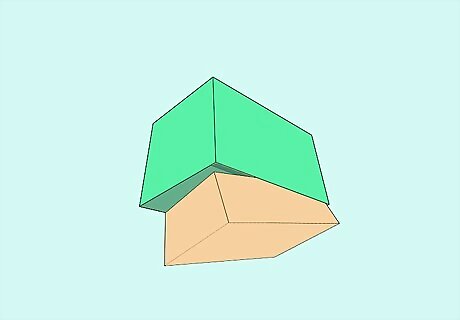
Extract the gel. Once the gel has fully cooled, gently turn the container over onto a clean flat surface such as a kitchen counter. Slowly guide the gel out of the container with your hands to help avoid cracking the block.
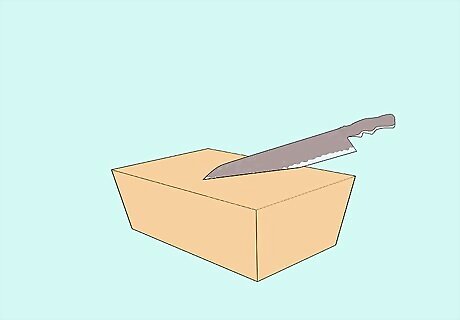
Cut the gel. Use a large kitchen knife to cut the block into two halves. Cut the long way so that you are left with two narrow blocks with the dimensions 6 x 6 x 20. Gently wrap each block completely in plastic wrap. This will prevent evaporation, which will affect the density and integrity of the block. After wrapping the block, place a stiff piece of cardboard on each block and wrap it again. The cardboard will make transporting the block much easier. Store the blocks at 40 °F (4 °C) or cooler until you are ready to shoot them. Transport the blocks in a cooler to help keep them at optimum density.
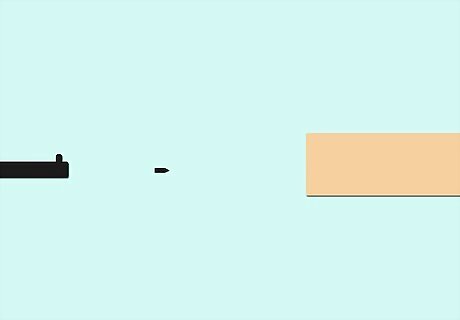
Shoot the block. Place the blocks on a stable flat surface. A piece of plywood on sawhorses will work. Adjust the blocks so that you shoot into a 6 x 6 square end. If you are firing a high-powered gun, place a cement block behind the ballistics gel to keep the force from knocking the block off of the platform. Always follow proper safety procedures when handling fierarms. Be careful unwrapping the gel, you don’t want it to crack just before you shoot it. Ballistics gel is typically shot from about 10 feet (3.0 m) out. There are three standard tests: Naked – nothing covering the block. Lightly clothed – two t-shirts covering the block. Heavily clothed – two t-shirts and two pairs of jeans covering the block.
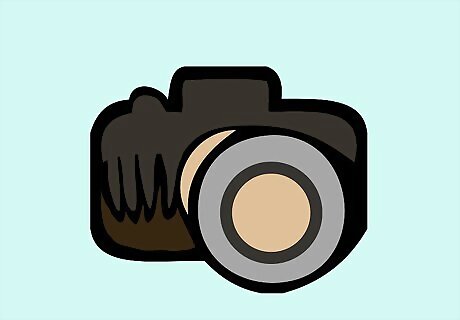
Take photos. If you want to take photos of the results, paint the plywood that you placed the blocks on white. This will highlight the bullet fragments. You will be able to see the results best in bright sunlight.
Making a Small Block for Pellet Rifles, BB Guns, & Airsoft
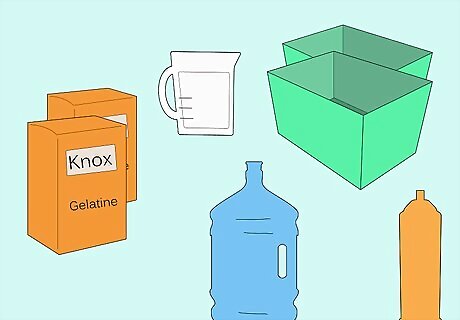
Assemble your materials. You will need two plastic containers (16 oz), two packets of Knox Gelatine, a measuring cup, cooking spray, and water.
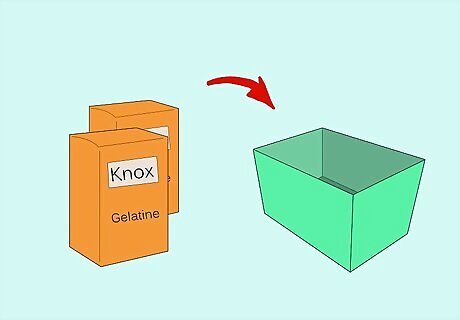
Pour the gelatin into one of the containers. Add both packets to one container. Measure 3/4 cup of water into the measuring cup.
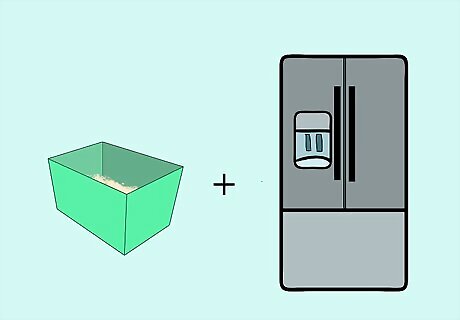
Slowly add the water to the gelatin. Stir the mixture with a spoon slowly to keep air bubbles from forming. Place the stirred mixture into a refrigerator for 3-4 hours.
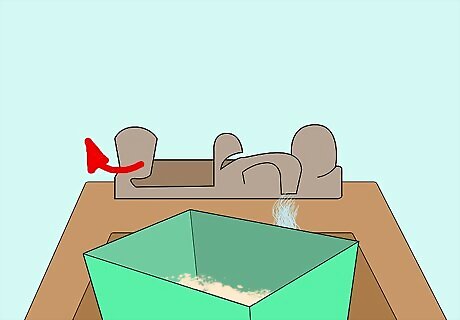
Fill a sink with hot water. Place the chilled container into the hot water for about 15 minutes to melt the set gelatin back into a liquid. If the water is not hot enough, the gelatin will not melt back down to liquid form. Heat water on a stove if necessary.
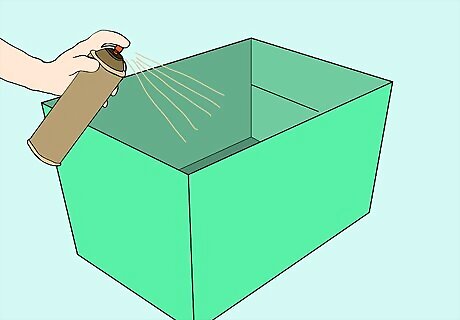
Spray the other container. While the gel is melting, spray the second container with the cooking spray. If you don’t have access to cooking spray, any non-stick oil will work.
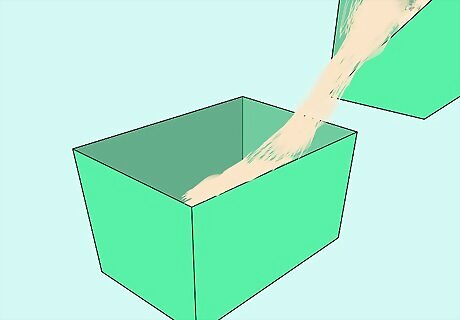
Pour the melted gel into the second container. Slowly pour the melted gel to keep air bubbles from forming under the surface. Place the gel back in fridge and let it cool for 12 hours.
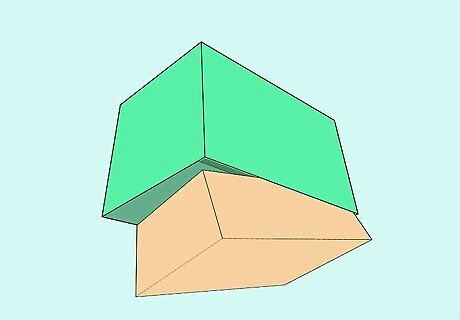
Knock the gel out of the container. Once the gel has set, you can knock it out of the container. It should easily fall out in one piece, thanks to the cooking spray.
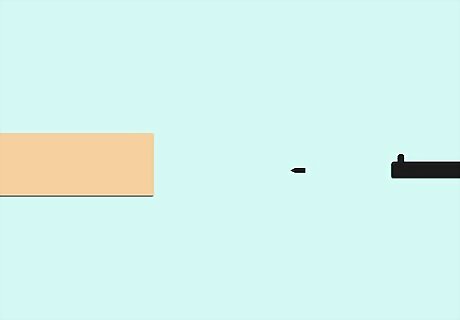
Shoot the gel. Place the gel on a flat stable surface and shoot it with the airsoft or pellet gun. Shoot from about 10 feet (3.0 m) away. Always follow proper safety procedures when handling fierarms.



















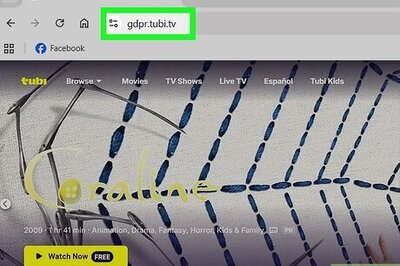
Comments
0 comment